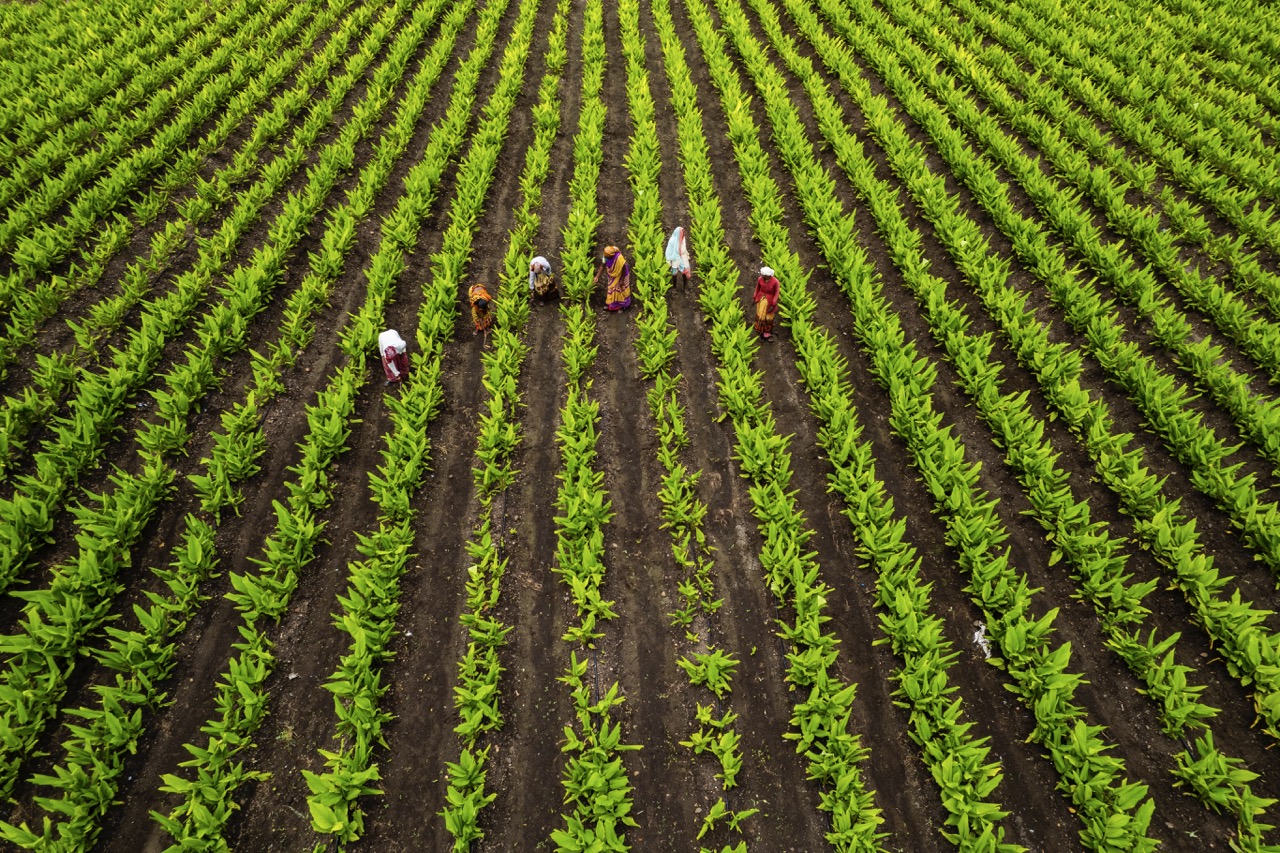Soil health is a fundamental component of agricultural sustainability and ecological balance. With the increasing pressures of climate change, urbanization, and industrial agriculture, understanding the science behind soil health has never been more critical. Healthy soil contributes not only to crop productivity but also to water quality, biodiversity, and carbon sequestration. This article delves into the science of soil health, identifies key factors influencing soil quality, outlines effective strategies for enhancement, and looks ahead to the future of sustainable soil management practices.
Understanding the Fundamentals of Soil Health Science
Soil health refers to the soil’s ability to function as a vital living ecosystem that sustains plants, animals, and humans. It is characterized by a variety of biological, chemical, and physical properties that interact to support life. The biological component includes a diverse array of microorganisms, fungi, and invertebrates that contribute to nutrient cycling and organic matter decomposition. The chemical aspects involve nutrient availability and the soil’s capacity to hold and exchange minerals essential for plant growth.
A critical metric of soil health is organic matter, which enhances soil structure, increases water retention, and provides a reservoir for essential nutrients. The presence of soil organic carbon is pivotal, as it fosters microbial activity and promotes soil aggregation. In contrast, degraded soils often exhibit compaction, nutrient depletion, and reduced biodiversity, rendering them less productive and more susceptible to erosion and pollution.
Understanding soil health is an ongoing scientific endeavor. Advances in soil microbiology and biochemistry continue to reveal the complex interactions between soil organisms and their environment. As researchers uncover these intricacies, the importance of maintaining diverse soil ecosystems becomes increasingly evident, reinforcing the notion that healthy soil is fundamental to sustainable agriculture.
Key Factors Influencing Soil Quality and Productivity
Several factors influence soil quality, including texture, structure, and nutrient content. Soil texture, determined by the proportions of sand, silt, and clay, affects drainage, aeration, and nutrient retention. A well-balanced soil texture can enhance root development and optimize water usage, while poor texture may lead to issues such as waterlogging or drought stress.
Soil structure, which refers to the arrangement of soil particles and the spaces between them, plays a pivotal role in determining water infiltration and retention. Aggregated soils promote better aeration and root penetration, while compacted soils can restrict these processes, leading to diminished productivity. Various farming practices, including tillage methods and cover cropping, can significantly impact soil structure and, consequently, overall soil health.
Nutrient content is another critical factor. Soils rich in essential nutrients such as nitrogen, phosphorus, and potassium support healthy plant growth. However, nutrient imbalances—whether deficiencies or toxicities—can result from over-fertilization or inadequate soil management. Understanding these factors is crucial for developing targeted interventions to improve soil quality and ensure sustainable agricultural productivity.
Proven Strategies for Enhancing Soil Health Effectively
To enhance soil health, one effective strategy is the implementation of cover crops. These crops are planted during the off-season to prevent soil erosion, improve soil structure, and increase organic matter content. Cover crops can also suppress weeds and reduce the need for synthetic herbicides, promoting a more balanced ecosystem. Furthermore, they serve as living mulch, protecting the soil surface and controlling moisture levels.
Another key strategy is the practice of crop rotation, which involves alternating different crops in a given area across seasons. This technique not only disrupts pest and disease cycles but also promotes nutrient cycling by utilizing various root structures and nutrient needs. Crop rotation can enhance soil biodiversity and resilience, leading to healthier soils and more productive harvests over time.
Additionally, reducing tillage can significantly benefit soil health. Conventional tillage practices often lead to soil compaction and loss of organic matter. Adopting no-till or reduced-till farming can improve soil structure, promote microbial activity, and enhance water retention. By minimizing soil disturbance, farmers can foster a healthier soil ecosystem, ultimately leading to increased productivity and sustainability.
The Future of Agriculture: Sustainable Soil Management Practices
As the agricultural landscape continues to evolve, sustainable soil management practices will play a pivotal role in addressing the challenges of food security and environmental protection. Innovations in technology, such as precision agriculture, allow farmers to monitor and manage soil health more effectively, utilizing data-driven approaches to optimize resource use. These technologies can guide soil amendments and nutrient applications, ensuring that farmers achieve maximum productivity with minimal environmental impact.
The integration of agroecological practices is another promising avenue for the future of soil health. This approach emphasizes the use of ecological principles to enhance the resilience and productivity of agricultural systems. By promoting biodiversity, incorporating traditional knowledge, and fostering community involvement, agroecology can lead to more sustainable soil management and improved food systems.
Collaborative efforts, including partnerships between farmers, researchers, and policymakers, are essential for advancing sustainable soil management practices. As awareness of the importance of soil health grows, so too does the potential for creating a more sustainable agricultural future. By prioritizing soil health, we can ensure the longevity of our agricultural systems and the well-being of both current and future generations.
In summary, the science behind soil health is a multifaceted discipline that encompasses biological, chemical, and physical interactions. By identifying key factors influencing soil quality and implementing proven strategies for enhancement, we can foster healthier soils that support sustainable agricultural practices. As we look to the future, it is clear that sustainable soil management will be crucial for addressing food security and environmental challenges. Embracing innovative approaches and fostering collaboration will be essential in achieving our goals for a more resilient and productive agricultural ecosystem.










